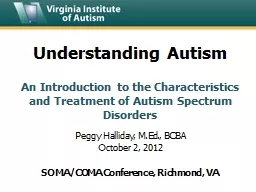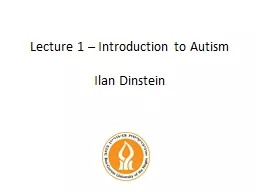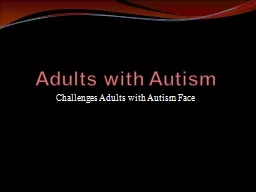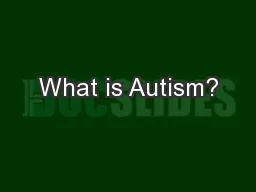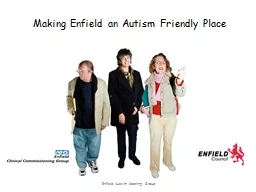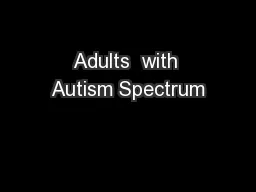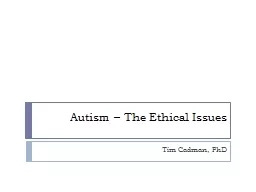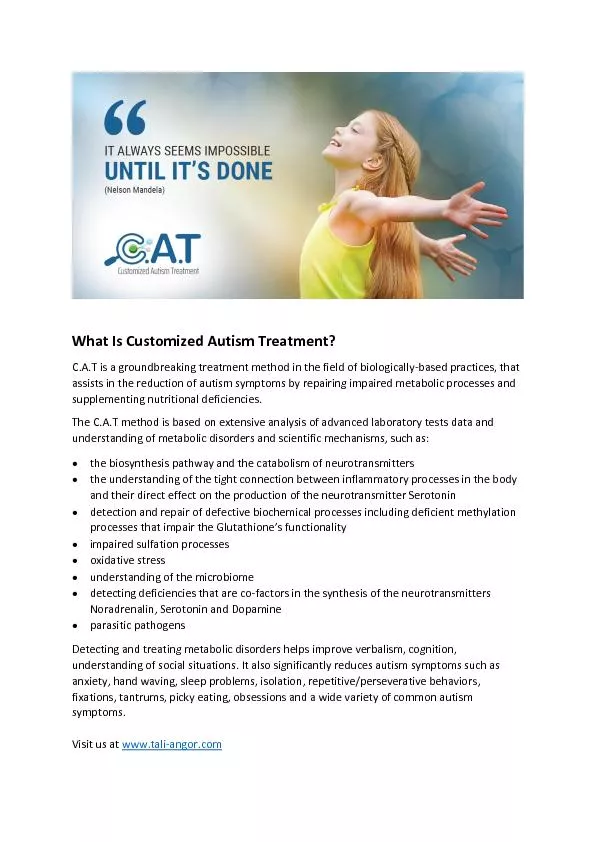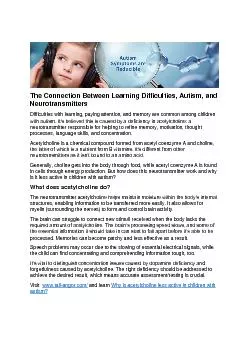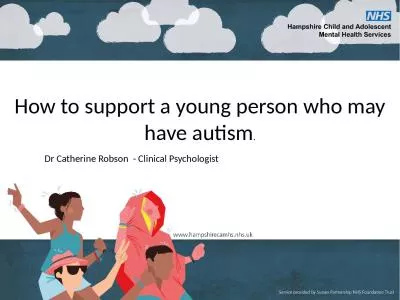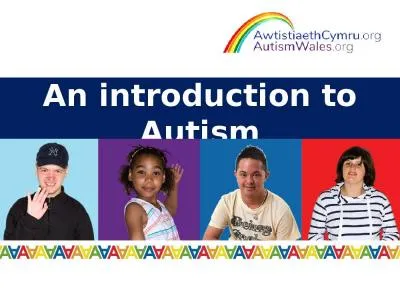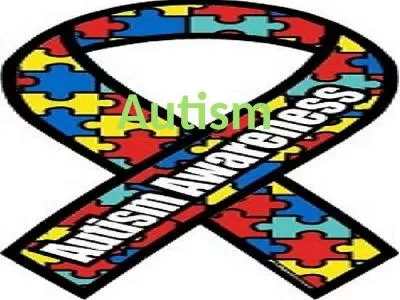PPT-Understanding Autism An Introduction to the C
Author : test | Published Date : 2020-04-02
haracteristics and Treatment of Autism Spectrum Disorders Peggy Halliday MEd BCBA October 2 2012 SOMACOMA Conference Richmond VA CDC reports that an average of
Presentation Embed Code
Download Presentation
Download Presentation The PPT/PDF document " Understanding Autism An Introduction to..." is the property of its rightful owner. Permission is granted to download and print the materials on this website for personal, non-commercial use only, and to display it on your personal computer provided you do not modify the materials and that you retain all copyright notices contained in the materials. By downloading content from our website, you accept the terms of this agreement.
Understanding Autism An Introduction to the C: Transcript
Download Rules Of Document
" Understanding Autism An Introduction to the C"The content belongs to its owner. You may download and print it for personal use, without modification, and keep all copyright notices. By downloading, you agree to these terms.
Related Documents

